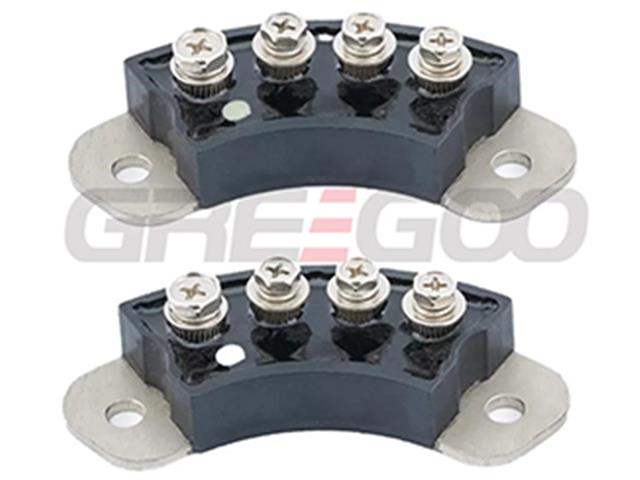What are the main difference between electrical holding and magnetic holding in vacuum contactor?
The main difference between electrical holding and magnetic holding in a vacuum contactor lies in how the contacts are held closed when the coil is de-energized. Both methods serve the purpose of keeping the contacts closed in the absence of current in the coil, but they use different principles to achieve this.
Electrical Holding:
- In vacuum contactor with electrical holding, a separate set of auxiliary contacts is used to maintain the closed position of the main power contacts.
- When the coil is energized, the main power contacts close and the electrical circuit is established. At the same time, the auxiliary contacts also close, creating a parallel electrical path that bypasses the coil.
- Once the coil is de-energized, the main power contacts remain closed due to the electrical current flowing through the parallel path created by the auxiliary contacts. This current maintains the magnetic force that holds the main contacts closed.
- Electrical holding provides a continuous holding force, and the main contacts will remain closed even if the coil loses power, as long as there is an external power supply to maintain the current flow through the auxiliary contacts.
Magnetic Holding:
- In vacuum contactors with magnetic holding, a permanent magnet is used in conjunction with the coil to maintain the closed position of the main power contacts.
- When the coil is energized, the main power contacts close and the electrical circuit is established. Simultaneously, the permanent magnet's magnetic field becomes active, creating an additional magnetic force that helps hold the main contacts closed.
- Once the coil is de-energized, the permanent magnet continues to exert a magnetic force on the main contacts, keeping them closed even without current flow through the coil.
- Magnetic holding does not require an external power supply to maintain the closed position of the main contacts, as it relies on the energy stored in the permanent magnet.
In summary, the main difference between electrical holding and magnetic holding in a vacuum contactor is the method used to maintain the closed position of the main power contacts when the coil is de-energized. Electrical holding uses an external electrical circuit to provide continuous holding force, while magnetic holding relies on the energy stored in a permanent magnet to maintain the closed position without an external power supply.

Greegoo SCR Power Controller: The Ideal Choice for Industrial Applications
Three phase SCR power controller, phase shift thyristor regulator, IPM module 60A to 800A.
Read More
GVC/EVC Series Low Voltage Medium Voltage Vacuum Starter Contactor: Advanced Solutions for Reliable Motor Control in Various Industries
The GVC type is suitable for AC systems with a frequency of 50Hz or 60Hz, a rated voltage of 1140V, 1.5KV, 2KV, 3.6KV and a rated current ranging from 63A to 3200A. The EVC type is suitable for AC systems with a frequency of 50Hz or 60Hz, a rated voltage of 7.2KV, 12KV, 24KV, 36KV, 40.5KV and a rated current ranging from 250A to 800A.
Read More
Rotating Diode vs. Standard Recovery Diode: Key Difference and Application
A rotating diode is a special type of rectifier diode used in the brushless excitation system of synchronous generators (alternators).
Read More
DC solid state relay and DC contactor, which one is better?
DC Solid State Relays (DC SSR) and DC contactors are both switching devices used to control circuits, but they have significant differences in working principles, performance and application.
Read More













